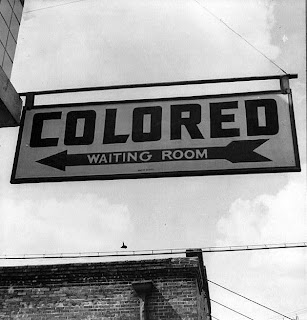Alkes Price, Assistant Professor of Epidemiology Department of Epidemiology Department of Biostatistics 665 Huntington Avenue Building 2, Room 211 Boston, Massachusetts 02115. 617.432.2262. aprice@hsph.harvard.edu | The amount of proteins produced in cells—a fundamental determinant of biological outcomes collectively known as gene expression—varies in African American individuals depending on their proportion of African or European genetic ancestry. These findings, by researchers based in Boston, Philadelphia and Oxford, are published December 5 in the open-access journal PLoS Genetics. Gene expression is known to vary among individuals and to be influenced by both genetic and environmental factors. Previous studies have reported gene expression differences among human populations, but it has been suggested that this could be due to non-genetic effects. |
In this study, the researchers show that gene expression levels in African Americans vary as a function of each individual's proportion of European ancestry. The differences due to ancestry (i.e. population differences between all Africans and all Europeans) were generally small—much smaller than differences between individuals within the same population; nevertheless, the authors were able to draw a distinction between effects of genetic ancestry at the location of the expressed gene (cis) and genetic ancestry elsewhere in the genome (trans). They conclude that only about 12% of heritable variation in human gene expression is due to cis regulation.
First author Alkes Price says, "It was a surprise that these conclusions could be drawn given that the differences due to genetic ancestry are so small." However, he cautioned that the results were confined to gene expression levels in a particular type of tissue known as lymphoblastoid cell lines, and have yet to be verified in other tissue types. ###
PLEASE ADD THIS LINK TO THE PUBLISHED ARTICLE IN ONLINE VERSIONS OF YOUR REPORT: dx.plos.org/10.1371/journal (link will go live on Friday, December 5)
CITATION: Price AL, Patterson N, Hancks DC, Myers S, Reich D, et al. (2008) Effects of cis and trans Genetic Ancestry on Gene Expression in African Americans. PLoS Genet 4(12): e1000294. doi:10.1371/journal.pgen.1000294
CONTACT: Alkes Price Assistant Professor, Departments of Epidemiology and Biostatistics Harvard School of Public Health aprice@hsph.harvard.edu
Disclaimer
This press release refers to an upcoming article in PLoS Genetics. The release is provided by the article authors. Any opinions expressed in this release or article are the personal views of the journal staff and/or article contributors, and do not necessarily represent the views or policies of PLoS. PLoS expressly disclaims any and all warranties and liability in connection with the information found in the releases and articles and your use of such information.
About PLoS Genetics
PLoS Genetics (www.plosgenetics.org) reflects the full breadth and interdisciplinary nature of genetics and genomics research by publishing outstanding original contributions in all areas of biology. All works published in PLoS Genetics are open access. Everything is immediately and freely available online throughout the world subject only to the condition that the original authorship and source are properly attributed. Copyright is retained by the authors. The Public Library of Science uses the Creative Commons Attribution License.
About the Public Library of Science
The Public Library of Science (PLoS) is a non-profit organization of scientists and physicians committed to making the world's scientific and medical literature a freely available public resource. For more information, visit www.plos.org.
Contact: Mary Kohut Press@plos.org 415-568-3457 Public Library of Science


























